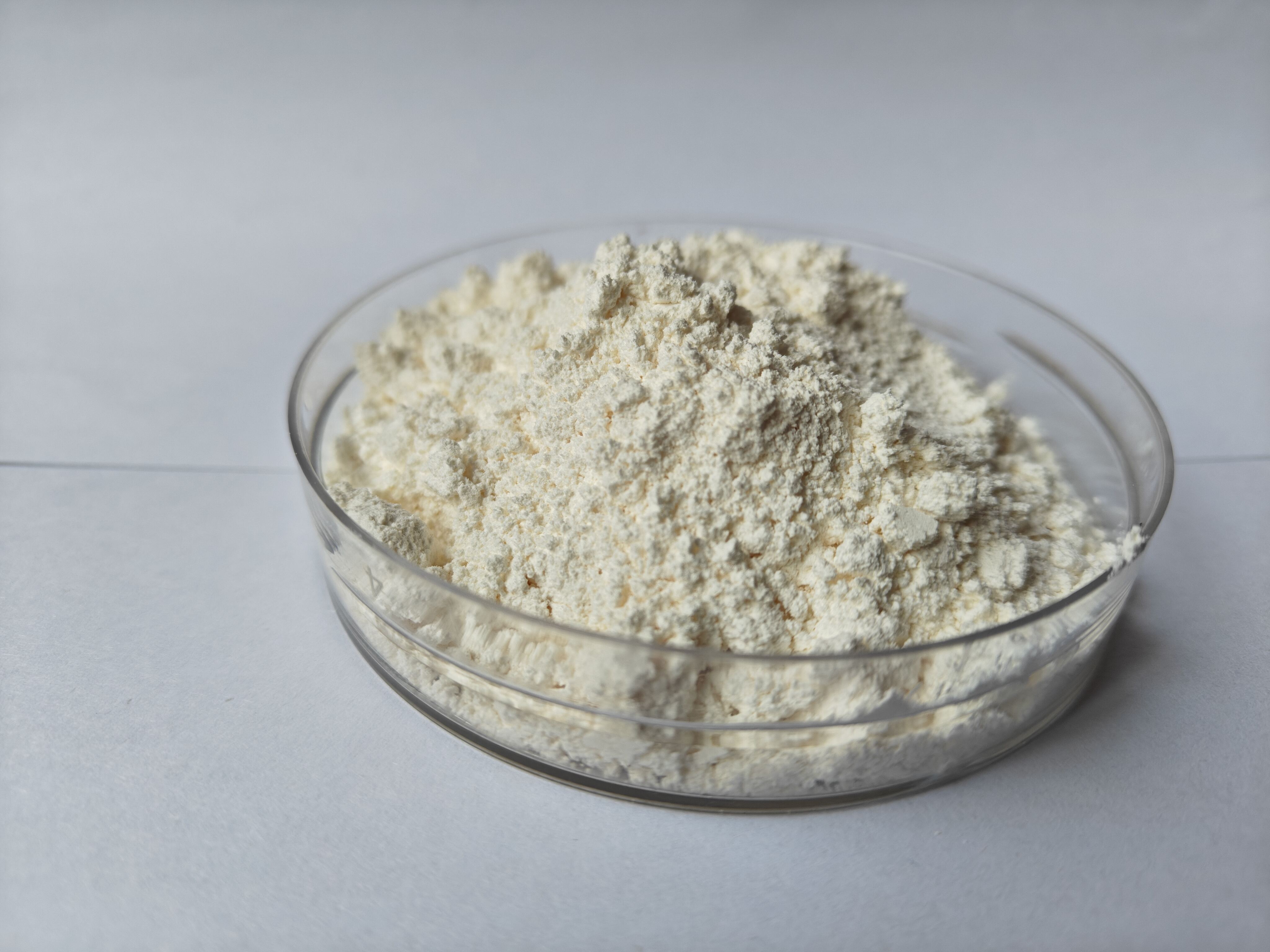Understanding the Versatility of CDI in Modern Organic Chemistry
In the realm of organic synthesis, CDI coupling reagent (1,1'-Carbonyldiimidazole) has emerged as an indispensable tool for chemists worldwide. This powerful coupling agent has revolutionized the way we approach chemical synthesis, offering remarkable versatility and efficiency in forming various chemical bonds. Its ability to facilitate the formation of amides, esters, and other important chemical linkages has made it a cornerstone in both research laboratories and industrial applications.
The significance of CDI coupling reagent extends far beyond basic chemical reactions. Its mild reaction conditions, high yield potential, and environmentally friendly nature have positioned it as a preferred choice among synthetic chemists. The reagent's unique properties allow for selective and controlled reactions, making it particularly valuable in the synthesis of complex organic molecules.
Fundamental Mechanisms and Properties of CDI Coupling
Chemical Structure and Reactivity
The molecular architecture of CDI coupling reagent features two imidazole rings connected by a carbonyl group. This unique structure enables it to react efficiently with various nucleophiles, particularly carboxylic acids and alcohols. The activation process begins when CDI forms an intermediate with the substrate, followed by nucleophilic substitution to create the desired product.
Understanding the reactivity patterns of CDI is crucial for maximizing its potential in organic synthesis. The reagent exhibits selective reactivity towards different functional groups, allowing chemists to perform targeted transformations while maintaining the integrity of other sensitive molecular features.
Reaction Conditions and Optimization
Success with CDI coupling reagent often depends on carefully controlled reaction conditions. Temperature, solvent choice, and concentration all play vital roles in achieving optimal results. Most reactions proceed effectively at room temperature, though some applications may require mild heating or cooling to achieve the best outcomes.
Solvent selection is particularly crucial when working with CDI coupling reagent. Common organic solvents like THF, DCM, and acetonitrile typically provide excellent results. The absence of water is often essential, as CDI is moisture-sensitive and can decompose in aqueous conditions.
Applications in Peptide and Protein Chemistry
Amide Bond Formation
One of the most significant applications of CDI coupling reagent lies in peptide synthesis. The formation of amide bonds is fundamental to creating peptide chains, and CDI excels in this role. Its ability to activate carboxylic acids for subsequent reaction with amines makes it an excellent choice for peptide coupling reactions.
The advantages of using CDI for amide bond formation include high yields, minimal side reactions, and the formation of easily removable by-products. These characteristics make it particularly valuable in the synthesis of bioactive peptides and protein modifications.
Selective Modification of Amino Acids
CDI coupling reagent demonstrates remarkable selectivity in modifying specific amino acid residues. This precision is crucial when working with complex peptides or proteins where maintaining the integrity of certain functional groups is essential. The reagent's ability to discriminate between different nucleophilic sites enables targeted modifications.
Researchers have successfully employed CDI in the selective acylation of amino groups, the formation of unique peptide bonds, and the creation of modified protein conjugates. These applications have significant implications in pharmaceutical research and protein engineering.
Industrial Applications and Scale-up Considerations
Large-scale Synthesis Protocols
The transition from laboratory to industrial scale requires careful consideration of various factors when using CDI coupling reagent. Process optimization, safety considerations, and cost-effectiveness become paramount at larger scales. Industrial chemists have developed robust protocols that maintain the reagent's efficiency while addressing these challenges.
Key considerations for scale-up include proper handling of the moisture-sensitive reagent, efficient mixing strategies, and heat management during exothermic reactions. The development of continuous flow processes has further enhanced the industrial applicability of CDI-mediated reactions.
Environmental and Economic Benefits
CDI coupling reagent offers several advantages from an environmental and economic perspective. The formation of imidazole as a by-product, which can be recovered and recycled, aligns with green chemistry principles. Additionally, the reagent's efficiency in terms of atom economy and reduced waste generation makes it an attractive choice for industrial applications.
The cost-effectiveness of CDI-based processes, coupled with their environmental benefits, has led to increased adoption in various industrial sectors, from pharmaceutical manufacturing to polymer synthesis.
Emerging Trends and Future Prospects
Novel Synthetic Applications
Recent research has unveiled new possibilities for CDI coupling reagent in organic synthesis. Innovative applications include the formation of unusual bond types, cascade reactions, and selective transformations previously thought challenging. These developments are expanding the reagent's utility in both academic and industrial settings.
The integration of CDI coupling reagent with other modern synthetic methodologies, such as flow chemistry and automated synthesis platforms, is opening new avenues for chemical innovation. These combinations are leading to more efficient and sustainable synthetic processes.
Advanced Materials and Bioconjugation
The role of CDI coupling reagent in materials science and bioconjugation continues to evolve. Its application in polymer chemistry, surface modification, and the creation of advanced materials demonstrates its versatility beyond traditional organic synthesis. The ability to form stable linkages under mild conditions makes it particularly valuable in biological applications.
Researchers are exploring new opportunities in areas such as drug delivery systems, biomaterial development, and smart materials, where CDI's unique properties can be leveraged to create innovative solutions.
Frequently Asked Questions
What makes CDI coupling reagent different from other coupling agents?
CDI coupling reagent stands out due to its mild reaction conditions, high selectivity, and the formation of easily removable by-products. Unlike many other coupling agents, it produces environmentally friendly waste products and can be used under various conditions without requiring special handling procedures.
How should CDI coupling reagent be stored and handled?
CDI coupling reagent should be stored in a dry, cool environment, protected from moisture and air. It's typically kept under inert atmosphere conditions. When handling, standard laboratory safety practices should be followed, including the use of appropriate personal protective equipment.
Can CDI coupling reagent be used in aqueous conditions?
While CDI coupling reagent is moisture-sensitive, modified protocols have been developed for use in partially aqueous conditions. However, optimal results are typically achieved in anhydrous organic solvents, where the reagent's reactivity and stability can be better controlled.

